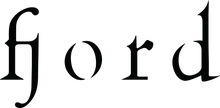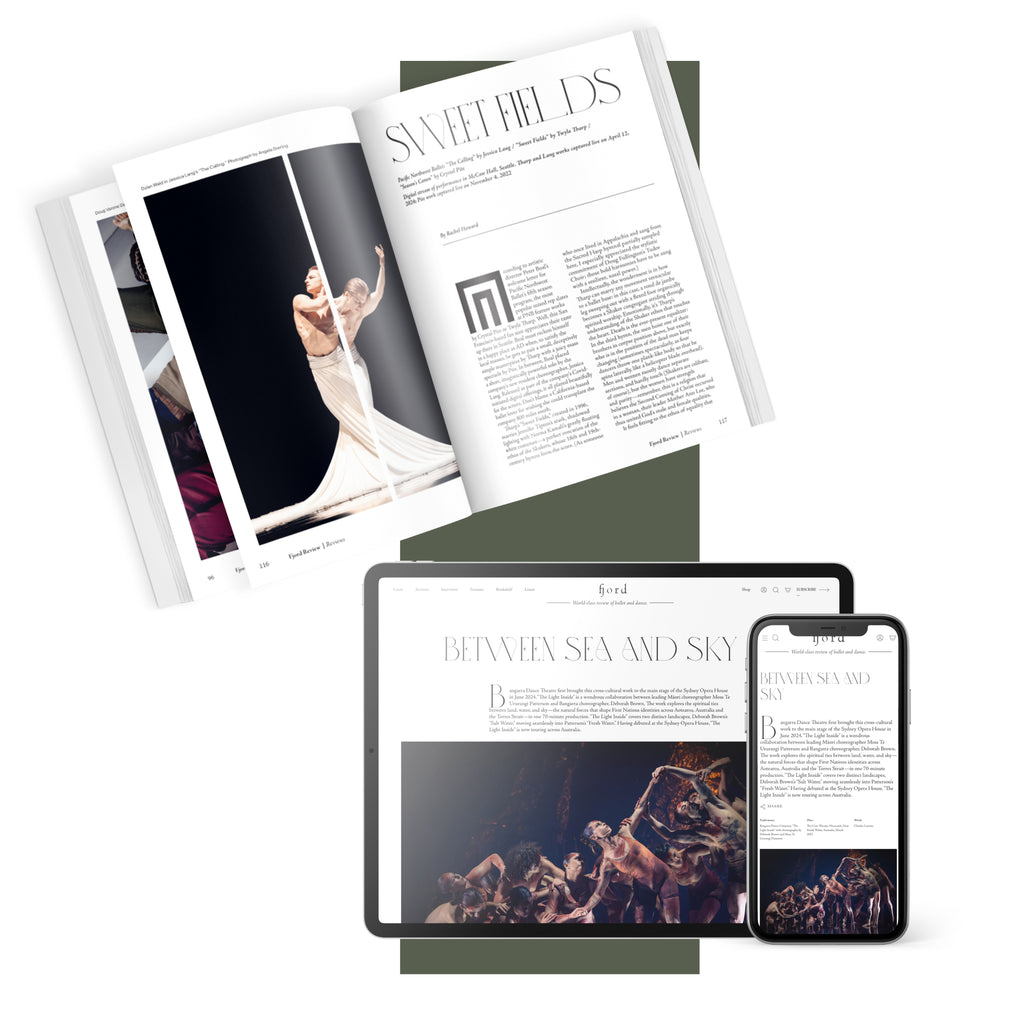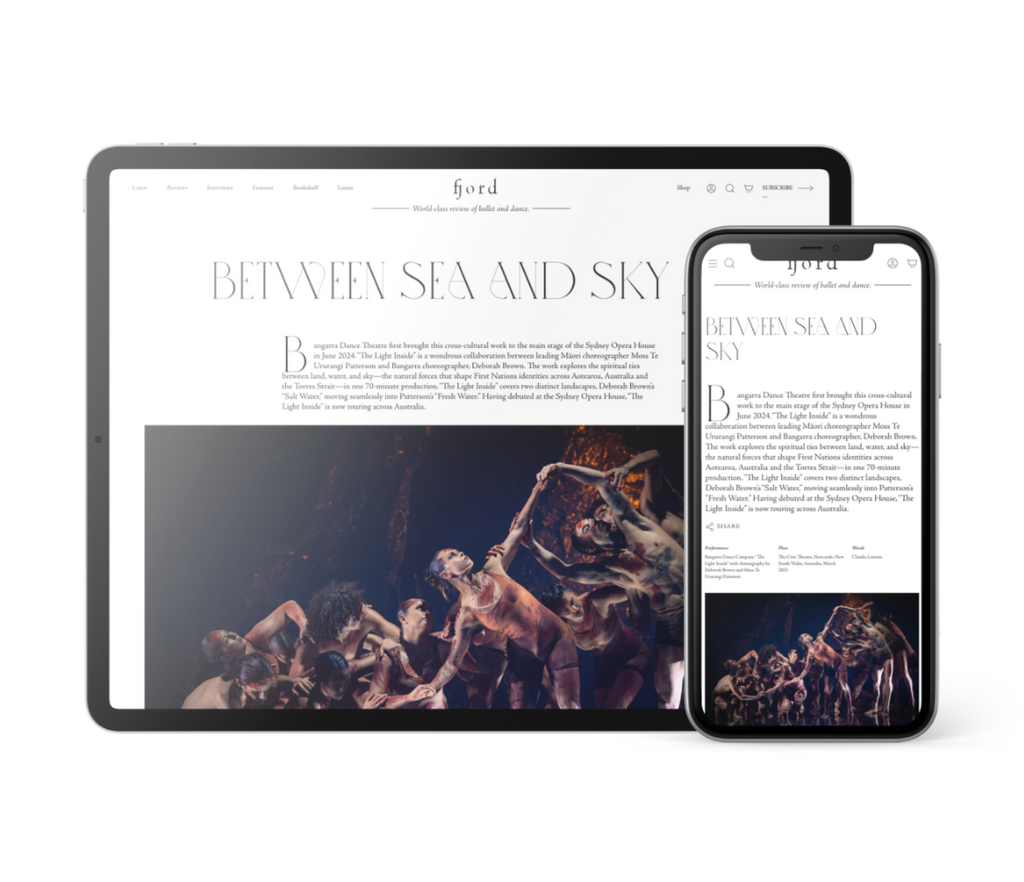The final performance I witnessed was “Thin Paper, Autonomous Synapses, Nomads, Tokyo(ing)” by Footnote Dance Company. Workshopped in both New Zealand and Japan by choreographer and spoken word artist Kota Yamazaki, the piece was a beautiful cross-cultural, interdisciplinary melding of hearts and bodies. I’ve really enjoyed following the journey of this work through photographs and videos shared on Footnote’s social media. My hopes were high.
Yamazaki himself was unable to be present for the performance and so Sean MacDonald (a highly awarded dancer who has collaborated with the company before) was invited to the role. He embodied the skillful whimsicality of “Thin Paper” as he invited the audience to either watch him dance or read the script provided on our seats at the beginning of the work.
Yamazaki’s words float like paper lanterns over you if enunciated with conviction, something that the majority of the dancers mastered, yet I was reminded that not all people can move with their spoken words. Dance, as a non-verbal art form, is challenged by the inclusion of a script and I'd love to see this piece develop further with a bit more investment in the poetry of Yamazaki’s writing. The images, such as “firefly blinks for a moment, and the moment it gets dark, I feel a small black hole going around,” hold such a beauty, I’d love to have heard it spoken more clearly.
Airu Matsuda, a New Zealand born Japanese artist, stood out for his movments. His cultivation of facial expressions was reminiscent of a beautiful Butoh performance, and even running around the stage, arms flailing behind him in a kind of Naruto run was engrossing to watch.
If this year’s offerings are anything to go by, Tempo is a leading festival of dance in the southern hemisphere, celebrating movement, in innovative and inspiring ways.











comments